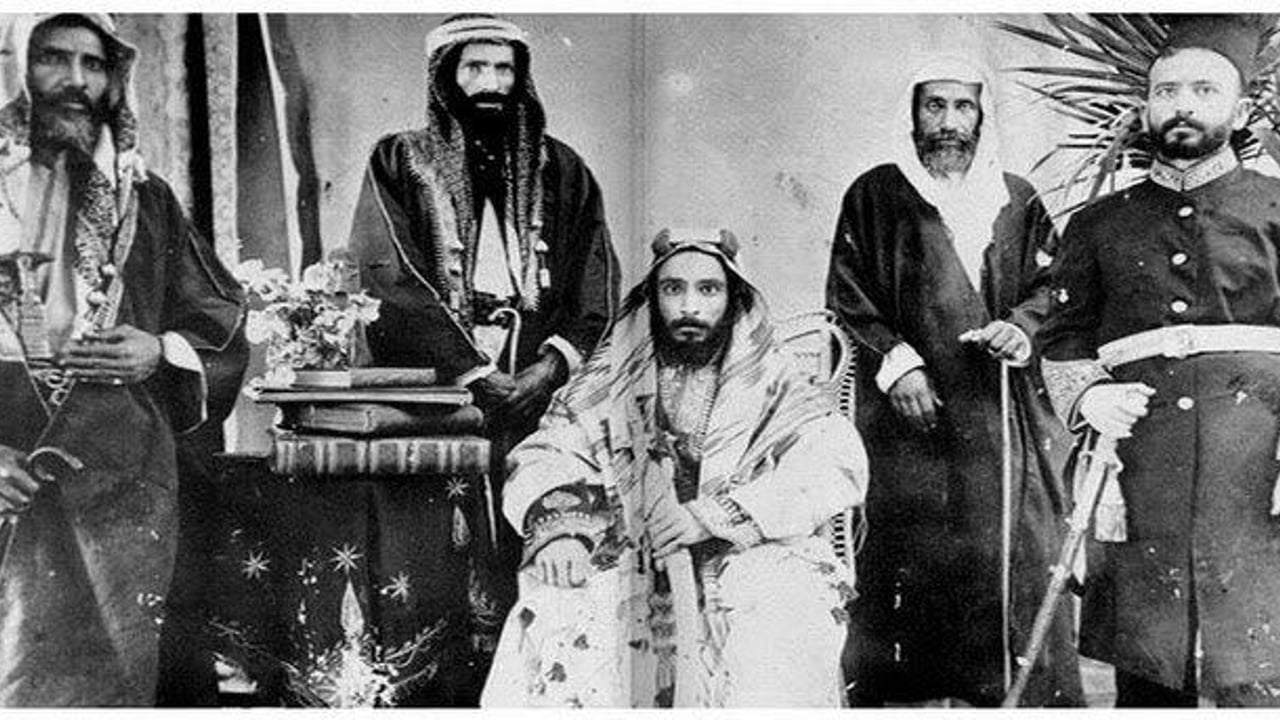After the death of his father, Shaykh Muhammad enjoyed great freedom in propagating his doctrines and views. As such, he went to other places and become acquainted with ’Uthman ibn Ahmad ibn Muhammad, who was then the emir of ’Ayniyyah, and married his daughter Jawharah.
Although it is said that the people there accepted some of his beliefs, because he went to extremes in opposing their customs, they expelled him from the region. For instance, he had ordered the destruction of a dome belonging to Zayd ibn al-Khattab, brother of ’Umar. He had also issued a decree for an old tree, which was venerated by the people of the region, to be uprooted.
In sum, on account of his peculiar doctrines, among which was his disregard for the leaders of the Ahl as-Sunnah, the Shaykh lost his esteem in the people’s sight and earned their wrath. From there he went to the region of Dar’iyyah.
Nowadays, pilgrims—Iranian and non-Iranian—can still see the relics related to the rule of ’Uthman in Arabia such as the holy shrine of the Holy Prophet (s) and the graves surrounding it, the lanterns of Masjid an-Nabi, and the inscriptions on that sacred mosque.
Source:
A New Analysis of Wahhabi Doctrines
By: Muhammad Husayn Ibrahimi
ABWA Publishing and Printing Center
[Pg. 13].

